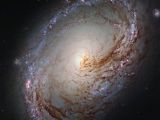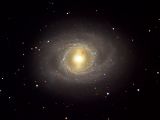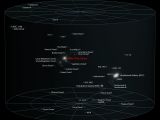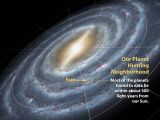A space image released by NASA earlier this week reveals the intricate silhouette of Messier 96, a distant galaxy about the same size and mass as our Milky Way.
This gorgeous view of Messier 96 was delivered by the Hubble Space Telescope, launched into Earth's orbit back in 1990 and entrusted with mapping our Solar System and the deep cosmos beyond it.
Messier 96 is quite a sight
Spiral galaxy Messier 96 was discovered by French astronomer Pierre Méchain a while back, in 1781. It sits at a distance of about 35 million light-years from our planet, in the constellation of Leo. As noted, it's not very different to our Milky Way.
Nonetheless, astronomers describe Messier 96 as an asymmetric galaxy. True, it is shaped like a whirlpool of clouds of gas and dust sprinkled with stars, but its arms are not very well defined.
Besides, the material that comprises it is not evenly distributed and its proper core does not sit at its center. It is believed Messier 96 was thus deformed by interactions with other galaxies in its proximity.
“Messier 96 is a very asymmetric galaxy; its dust and gas are unevenly spread throughout its weak spiral arms, and its core is not exactly at the galactic cente,” NASA astronomers explain.
“Its arms are also asymmetrical, thought to have been influenced by the gravitational pull of other galaxies within the same group as Messier 96,” they go on to detail.
The galaxy is part of a group
Just as the Milky Way is part of Local Group, a collection of dozens of galaxies gathered around the same gravitational center, so is Messier 96 part of a cosmic neighborhood known as the M96 Group.
Among its neighbors are elliptical galaxy Messier 105 and barred spiral galaxy Messier 95, both of which are especially bright. Then there are also smaller, fainter galaxies, some of which are satellites to the bigger ones.
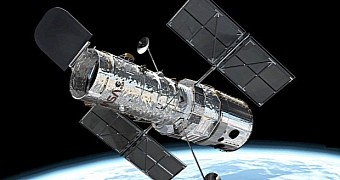
 14 DAY TRIAL //
14 DAY TRIAL // 
